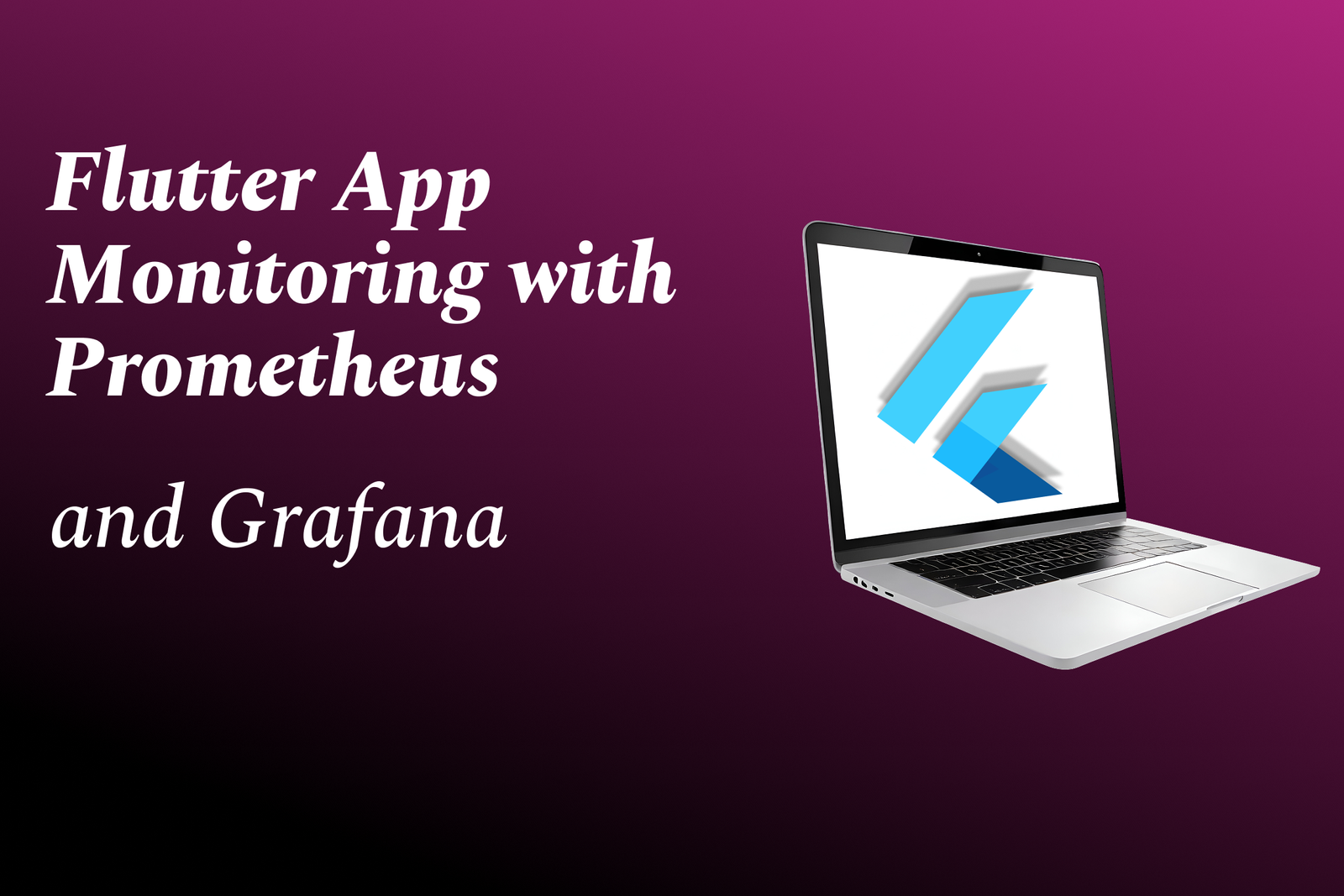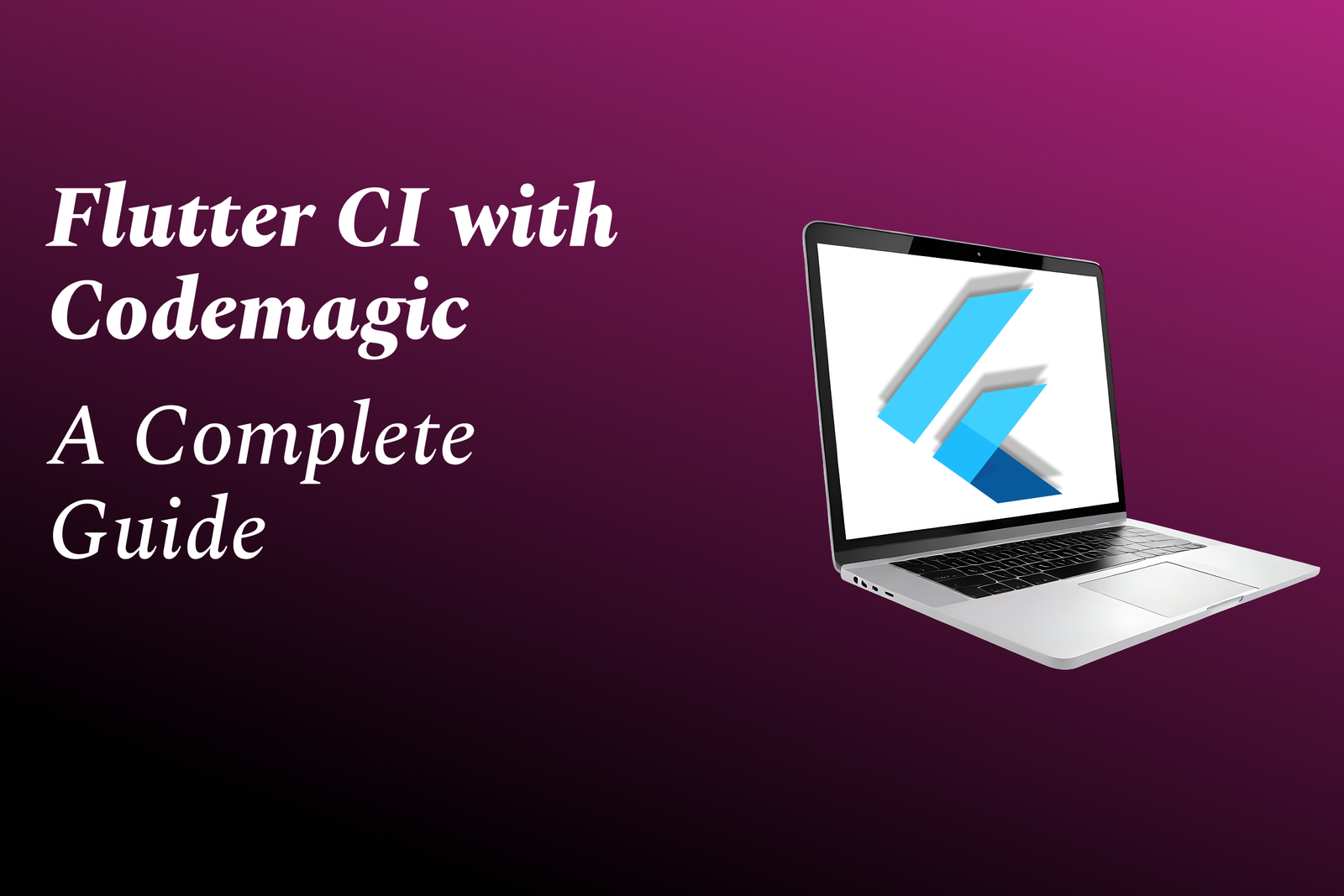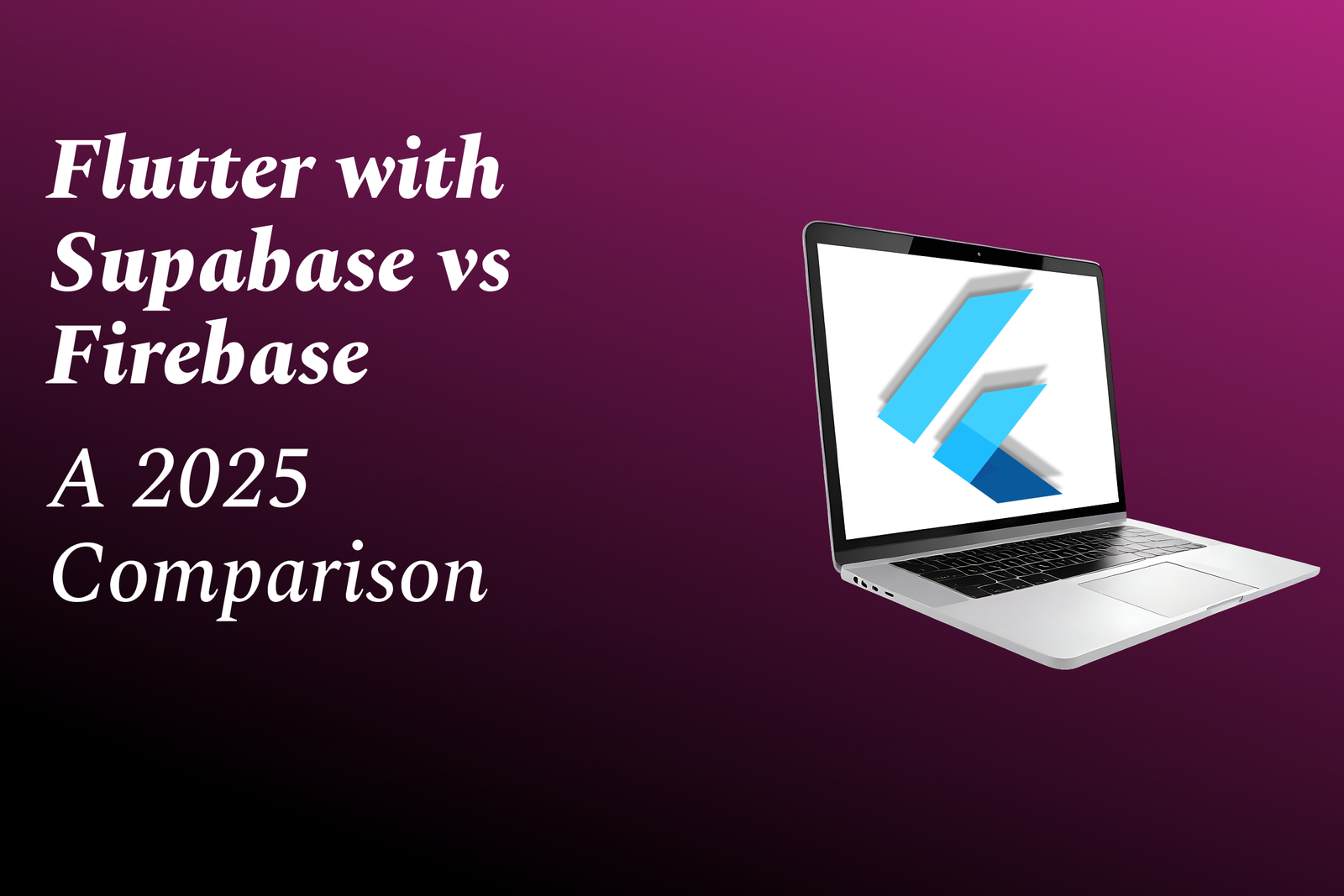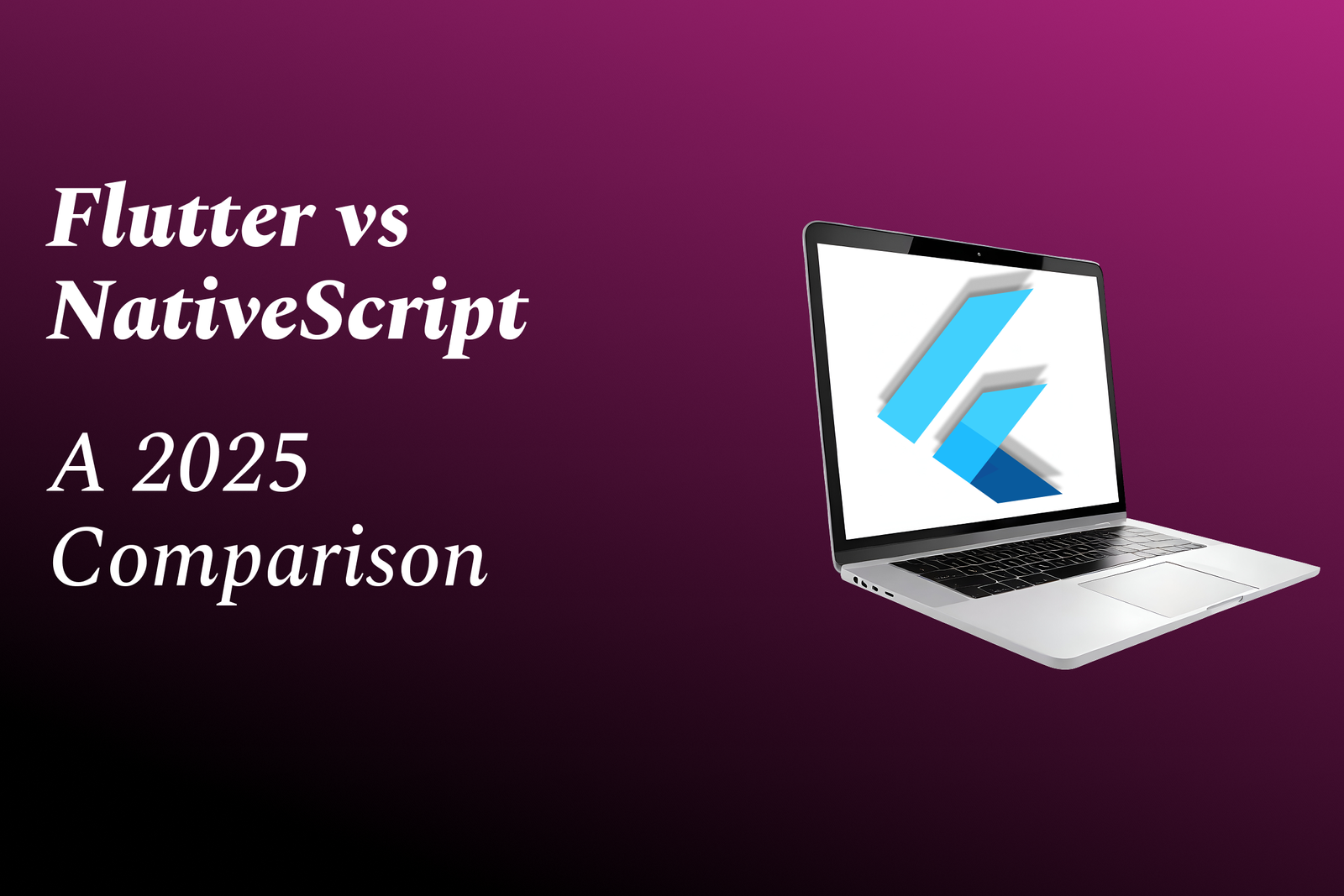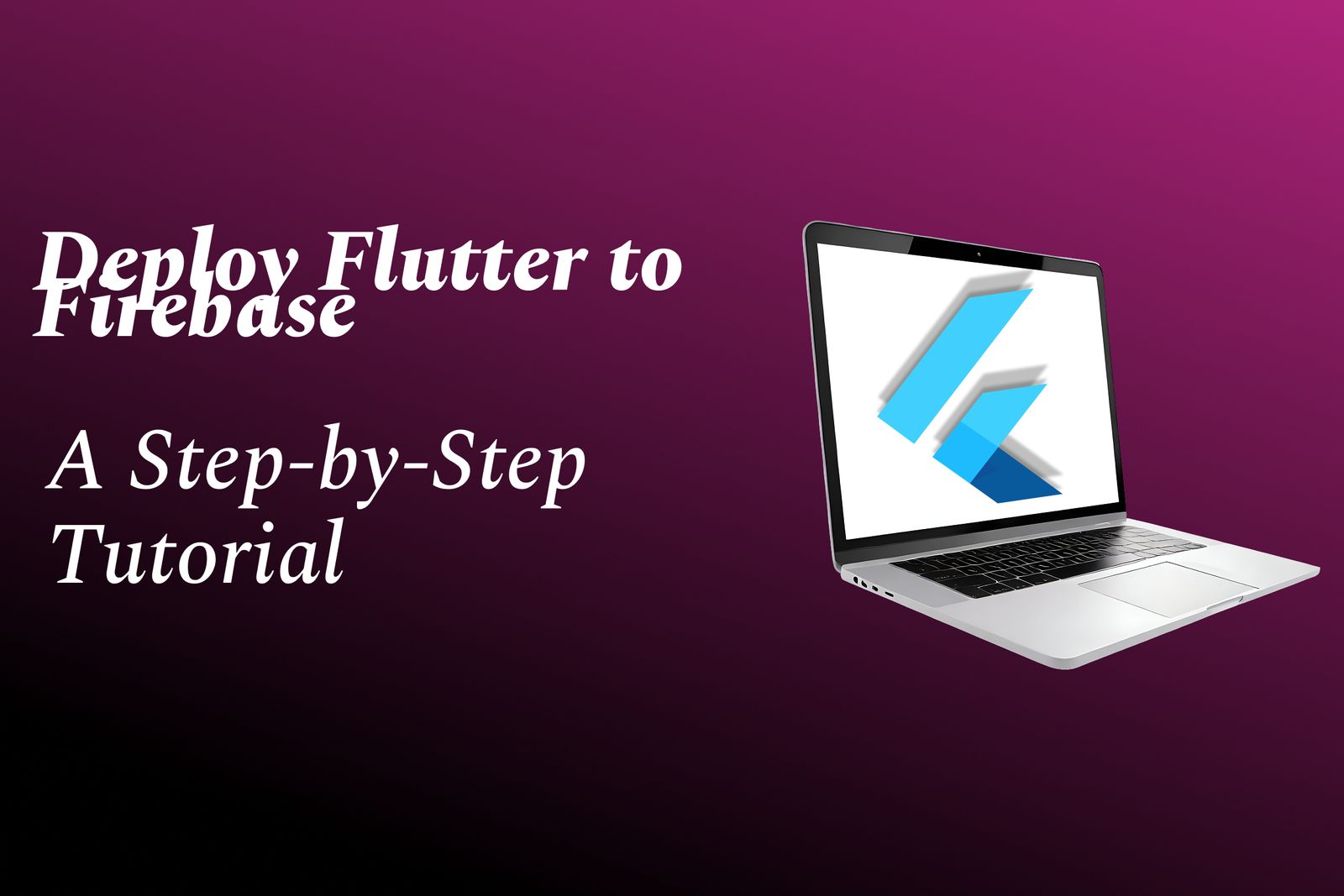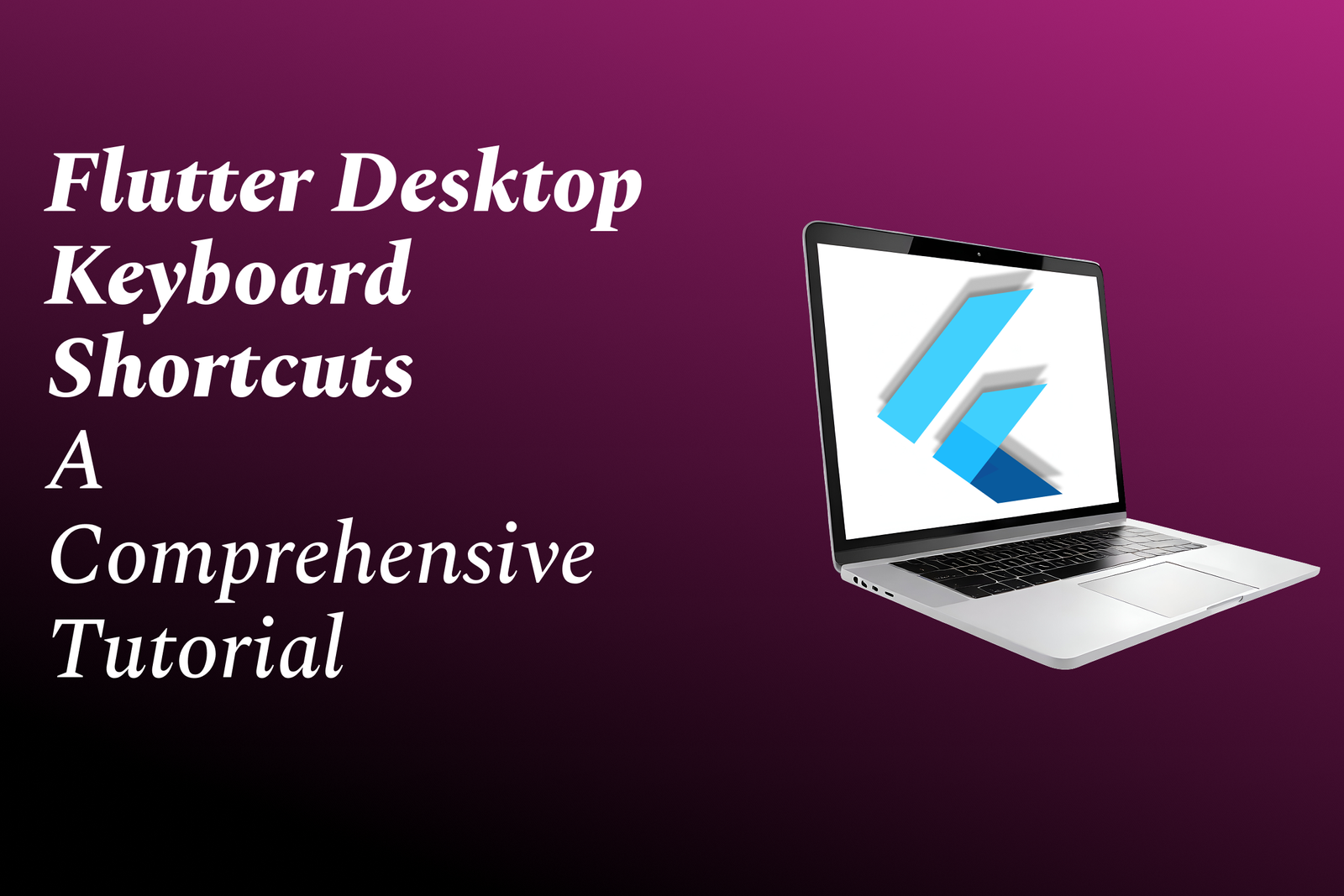Flutter RenderObject Guide: A Deep Dive Into Rendering
The Flutter RenderObject Guide: A Deep Dive into Rendering is a concise yet comprehensive resource that explores Flutter’s low-level rendering system—how layout, painting, compositing, hit-testing and semantics work together—and shows how to build custom RenderObjects and RenderBoxes. By unpacking the rendering pipeline, common pitfalls and diagnostic techniques, the guide helps developers create highly optimized, custom UI components, eliminate jank, and implement effects and layouts that standard widgets can’t provide. At JustAcademy this material is taught through real-time projects and certification paths so learners gain practical, production-ready skills in advanced Flutter rendering.
Flutter RenderObject Guide: A Deep Dive Into Rendering
The Flutter RenderObject Guide: A Deep Dive into Rendering demystifies Flutter’s low-level rendering pipeline—layout, painting, compositing, hit-testing and semantics—so developers can build custom RenderObjects and RenderBoxes that standard widgets can’t provide. It’s especially useful for diagnosing and eliminating jank, optimizing performance, and implementing advanced layouts and visual effects with predictable behavior. At JustAcademy this material is delivered through real-time projects and certification tracks, giving learners hands-on experience to apply these concepts in production-grade apps.
To Download Our Brochure: **https://www.justacademy.co/download-brochure-for-free
**
Message us for more information: **https://api.whatsapp.com/send?phone=919987184296
**
The Flutter RenderObject Guide: A Deep Dive into Rendering demystifies Flutter’s low level rendering pipeline—layout, painting, compositing, hit testing and semantics—so developers can build custom RenderObjects and RenderBoxes that standard widgets can’t provide. It’s especially useful for diagnosing and eliminating jank, optimizing performance, and implementing advanced layouts and visual effects with predictable behavior. At JustAcademy this material is delivered through real time projects and certification tracks, giving learners hands on experience to apply these concepts in production grade apps.
Course Overview
JustAcademy's “Flutter RenderObject Guide” teaches low-level rendering—layout, painting, compositing, hit-testing and semantics—enabling you to build custom RenderObjects and optimize performance through hands-on projects and certification.
Course Description
Master Flutter's low-level rendering with JustAcademy's hands-on course covering RenderObject lifecycle, layout, painting, compositing, hit-testing, and accessibility for building efficient custom widgets.
Key Features
1 - Comprehensive Tool Coverage: Provides hands-on training with a range of industry-standard testing tools, including Selenium, JIRA, LoadRunner, and TestRail.
2) Practical Exercises: Features real-world exercises and case studies to apply tools in various testing scenarios.
3) Interactive Learning: Includes interactive sessions with industry experts for personalized feedback and guidance.
4) Detailed Tutorials: Offers extensive tutorials and documentation on tool functionalities and best practices.
5) Advanced Techniques: Covers both fundamental and advanced techniques for using testing tools effectively.
6) Data Visualization: Integrates tools for visualizing test metrics and results, enhancing data interpretation and decision-making.
7) Tool Integration: Teaches how to integrate testing tools into the software development lifecycle for streamlined workflows.
8) Project-Based Learning: Focuses on project-based learning to build practical skills and create a portfolio of completed tasks.
9) Career Support: Provides resources and support for applying learned skills to real-world job scenarios, including resume building and interview preparation.
10) Up-to-Date Content: Ensures that course materials reflect the latest industry standards and tool updates.
Benefits of taking our course
Functional Tools
1 - Flutter SDK
The Flutter SDK is the core toolset used throughout the RenderObject course to build, compile, and run apps across platforms.
Students use different Flutter channels and versions to explore rendering behavior changes and enable engine level flags.
Hands on labs focus on the rendering pipeline, pipeline owner, and layer trees provided by the SDK internals.
Practical exercises include building custom RenderObjects and observing how the SDK composites frames and manages scheduling.
JustAcademy provides preconfigured SDK versions so learners reproduce examples reliably across environments.
2) Dart SDK and Tools
The Dart SDK supplies the language features and runtime used to implement RenderObjects and performance sensitive code.
Lessons cover isolates, async patterns, and compiler modes (JIT for debug, AOT for release) to illustrate real world rendering trade offs.
Dart analyzer and lints are used to enforce code quality, type safety, and best practices specific to low level UI code.
Students run dart format, dart analyze, and use the VM service to inspect runtime behavior during labs and projects.
Course materials show how Dart toolchain choices affect binary size, startup, and frame latency for render heavy widgets.
3) Flutter DevTools (Inspector, Performance, Memory)
Flutter DevTools is the primary GUI for inspecting widget/render object trees, painting phases, and layer composition.
The Inspector helps map RenderObjects to visual output, while the Performance and Memory tabs reveal frame timings and allocations.
Timed exercises teach how to capture and interpret timeline traces, GPU threads, rasterizer behavior, and memory pressure.
Students learn to use the rendering specific overlays and raster cache visualizations to optimize custom render code.
JustAcademy instructors guide learners through recorded DevTools sessions to diagnose and fix performance regressions.
4) Integrated Development Environments (Android Studio / IntelliJ)
Android Studio and IntelliJ provide deep Flutter plugin integration, debugger features, and UI design tooling used in the course.
Breakpoints, stack inspection, and expression evaluation are demonstrated while stepping through layout and paint phases.
The built‑in Flutter inspector and logcat integration are used in labs to correlate code changes with frame output on emulators.
Students get hands on with the IDE’s profiling plugins and Gradle/Xcode integration for end to end build validation.
Course sessions include IDE setup guides, recommended keybindings, and productivity tips tailored for RenderObject development.
5) Visual Studio Code + Extensions
VS Code with the Dart and Flutter extensions offers a lightweight environment for rapid iteration and hot reload experiments.
Students follow quick labs to author custom RenderObjects, run unit and widget tests, and connect to DevTools from VS Code.
Snippets, debugging configurations, and integrated terminals accelerate repetitive tasks during the training projects.
Lessons include workspace recommendations and extension setups that simplify collaboration on JustAcademy repositories.
VS Code sessions emphasize fast feedback loops which are essential when tuning layout and painting performance.
6) Emulators, Simulators, and Physical Devices
Android emulators and iOS simulators are used to validate render behavior across device configurations and screen densities.
The course emphasizes profiling on physical devices to capture realistic GPU, CPU, and memory characteristics.
Labs instruct how to configure multiple device targets, manage AVDs, and use Xcode/iOS simulator features for pixel level inspection.
Students test foldable layouts, different device orientations, and accessibility settings to ensure robust rendering.
JustAcademy also schedules remote device lab sessions for learners without access to diverse hardware.
7) adb, Xcode CLI, and Platform Tooling
adb allows direct interaction with Android devices for log capture, file transfer, and performance tracing during labs.
Xcode command line tools support building for iOS, symbolication of crash logs, and running simulators from CI workflows.
Students use platform tooling to collect profiler artifacts, enable GPU debug layers, and reproduce platform specific rendering issues.
Exercises show how to retrieve engine traces and system level logs that reveal compositor and GPU interactions.
Guided checklists help learners troubleshoot common environment and permission problems on both platforms.
8) Skia and Engine Level Diagnostics
Skia, the 2D graphics engine behind Flutter, is examined to explain painting, shaders, and rasterization decisions.
The course uses engine traces and shader compilation logs to teach students how GPU work is generated from RenderObjects.
Practical modules demonstrate how changes in paint, clip, and compositing operations affect Skia commands and performance.
Learners investigate raster cache behavior, saveLayer usage, and layer flattening to reduce GPU overhead in projects.
JustAcademy provides curated trace files and annotated examples to accelerate understanding of engine internals.
9) Platform Channels, FFI, and Native Integration Tools
Tools for platform channels and Dart FFI are covered to show how native APIs or custom rendering code can be integrated.
Students build sample platform views and native rendered overlays to see interactions between Flutter render trees and host UI.
Debugging patterns and logging strategies are taught to isolate issues across Dart, platform code, and the engine boundary.
The curriculum includes safe patterns for resource management and thread coordination when calling native graphics APIs.
Hands on assignments ask learners to extend rendering features via native plugins while maintaining frame budget.
10) Testing Frameworks (flutter_test, integration_test, golden tests)
The testing toolchain is used to verify layout, paint, and semantics behavior of custom RenderObjects in a reproducible way.
Unit tests validate measurement and layout logic; widget and integration tests ensure end to end rendering correctness.
Golden tests compare pixel output across versions and platforms to catch regressions in painting or composition.
Students learn to write stable golden tests, manage tolerances, and run image comparisons in CI for JustAcademy projects.
Mocking and dependency injection are introduced for isolating heavy render paths during automated test runs.
11 - Performance Profilers and Tracing (CPU, GPU, Timeline, Perfetto)
CPU and GPU profilers help students attribute frame costs to layout, paint, compositing, and platform interactions.
Timeline traces captured via DevTools or Perfetto reveal frame boundaries, rasterizer workloads, and jank causes.
Guided labs teach how to interpret frame slices, identify long running tasks, and optimize pipeline owner scheduling.
Students practice low level optimizations such as reducing unnecessary layouts, minimizing layer counts, and caching paints.
Course artifacts include example traces annotated with remediation steps for common rendering bottlenecks.
12) Dependency & Package Tools (pub, package_config, pub.dev)
The course covers package management with pub to introduce reusable render utilities and ecosystem libraries.
Lessons demonstrate how to audit dependencies, pin versions, and read package source to learn rendering oriented implementations.
Students explore popular rendering related packages and how to adapt them or contribute fixes for performance or correctness.
Guidance is provided on creating modular packages for RenderObject components that can be published to pub.dev.
JustAcademy supply starter package templates and versioning best practices to support real time project work.
13) Version Control, CI/CD, and Collaboration (Git, GitHub Actions)
Git and GitHub are used for source control, code reviews, and managing the course’s real time project repositories.
CI workflows (GitHub Actions) run tests, golden comparisons, and build validation for multiple Flutter channels to catch regressions.
Students follow branching and PR workflows to learn collaborative development patterns used in production teams.
The training includes automated artifact capture from CI to analyze performance regressions over time.
JustAcademy mentors review PRs and provide feedback to reinforce best practices around safe refactors of render code.
14) Documentation, Demos, and Learning Platform Tools
DartDoc, richly commented examples, and a structured JustAcademy LMS host the course content and reference materials.
Interactive demos, recorded lectures, and annotated code walkthroughs help students connect theory to hands on RenderObject tasks.
Supplemental notes include checklists for profiling, debugging steps, and migration guides for engine or API changes.
Students receive lab assignments, rubrics, and access to JustAcademy discussion channels for mentor support.
Course deliverables emphasize reproducible examples and maintainable documentation to support long term skills retention.
15) Real time Project Repositories and Mentor Tools
Curated Git repositories contain progressive exercises, starter code, and production like issues for the capstone projects.
Issue trackers, CI badges, and reviewer assignments simulate a professional workflow where RenderObject decisions matter.
Mentors use screen sharing, live debugging sessions, and code reviews to provide targeted feedback on rendering implementations.
Projects include acceptance criteria, performance budgets, and testing requirements to mirror client expectations.
Completion of these projects earns a JustAcademy certification that demonstrates practical mastery of Flutter render internals
16) Accessibility and Semantics Tools
Tools like TalkBack, VoiceOver, Accessibility Scanner, and a11y overlays are used to verify semantics, focus order, and screen reader behavior.
Labs teach how to expose semantics on custom RenderObjects and test contrast, scalable text, and keyboard navigation.
JustAcademy enforces accessibility checks as part of project acceptance criteria.
17) Crash Reporting & Analytics (Firebase Crashlytics, Sentry)
Crashlytics and Sentry collect runtime errors and stack traces from student projects to teach post release diagnosis.
Exercises show how to symbolicate native crashes, attach contextual logs, and correlate crashes with rendering changes.
Students learn to instrument events that help measure frame drops and user visible jank.
18) Remote Device Farms (Firebase Test Lab, BrowserStack, Sauce Labs)
Remote device farms enable cross device validation of rendering behavior on diverse OS versions and GPUs.
JustAcademy schedules CI runs against device labs to reproduce platform specific layout or paint regressions.
Students use these services to run integration tests and golden comparisons at scale.
19) Shader & GPU Debugging Tools (RenderDoc, shaderc, GPU Profiler)
RenderDoc and vendor GPU profilers are introduced for inspecting draw calls, frame buffers, and shader programs produced by Skia.
Labs demonstrate capturing a frame, inspecting textures, and diagnosing expensive fragment shaders.
Students learn when custom shaders are appropriate versus CPU side paint work.
20) Web Tooling (Chrome DevTools, Lighthouse, PWA Audits)
For Flutter web, Chrome DevTools, Lighthouse audits, and service worker inspection are used to optimize rendering and startup.
Lessons cover canvas vs. DOM renderers, WebGL behaviors, and performance trade offs across browsers.
JustAcademy workflows include web specific golden testing and bundle size audits.
21 - Native Test Frameworks (XCTest, Espresso)
Platform native test frameworks are used to validate integrations, platform views, and native UI interactions.
Integration labs show how to combine flutter_driver/integration_test with XCTest/Espresso for end to end verification.
Students practice capturing platform logs and tracing cross boundary interactions.
22) Localization & Internationalization Tools (intl, Lokalise)
Localization tooling and workflows (Intl package, ARB files, and services like Lokalise) are used to verify layout resilience across languages.
Assignments enforce testing with long/RTL strings and locale specific number/date formats to avoid rendering regressions.
JustAcademy provides localization test cases as part of project scopes.
23) Security & Privacy Tooling (Static Analysis, Secrets Scanning)
Static analyzers, dependency scanners, and secrets detection tools are used to harden projects against supply chain and data leak risks.
Course modules explain secure handling of native resources, permissions, and surface area introduced by platform channels.
Students run automated checks in CI to ensure compliance before certification.
24) Build & Release Tools (fastlane, Codemagic, Bitrise)
Automation tools for signing, building, and distributing artifacts are demonstrated to mirror production release pipelines.
CI examples include multi channel builds, symbol uploads for crash reporting, and reproducible release artifacts.
JustAcademy teaches release checklist practices including performance smoke tests.
25) Mocking & Stubbing Tools (Mockito, fake_async)
Testing utilities like Mockito, fake_async, and test doubles are used to isolate heavy rendering operations and simulate async behavior.
Workshops show patterns to inject mocks into RenderObjects and test layout/paint paths deterministically.
This reduces flakiness in automated test suites for course projects.
26) Observability Dashboards & Metrics (Grafana, Cloud Monitoring)
Dashboards that visualize crash rates, frame rendering metrics, and resource usage demonstrate long term health monitoring.
Students learn which metrics matter for UI performance and how to set alerts for regressions.
JustAcademy includes example dashboards for capstone projects.
27) Image & Asset Optimization Tools (pngquant, webp, flutter_native_image)
Asset pipelines and image optimizers are covered to reduce GPU/texturing costs and memory usage in render heavy apps.
Labs include techniques for atlas usage, deferred decoding, and efficient texture formats to improve frame stability.
Students implement automated asset checks in CI.
28) Dependency Security & License Tools (OWASP Dependency Check, FOSSA)
Tools to audit third party packages for vulnerabilities and licensing issues are integrated into the project workflow.
Training discusses trade offs when importing native plugins that affect rendering or rely on GPU features.
JustAcademy requires remediation or justification for risky dependencies in project reviews.
29) Collaboration & Design Handoff Tools (Figma, Zeplin)
Design to dev handoff tools help ensure pixel accurate implementations and clarify layout/padding/shadow expectations for RenderObject work.
Exercises include translating Figma specs into RenderObject constraints and validating visual parity.
Mentors review design conformance as part of grading.
30) Performance Budgeting & Regression Tools (Benchmarking, Canary Builds)
Students set explicit performance budgets (frame time, memory, startup) and use benchmark suites to detect regressions over time.
Canary/experimental branches run targeted performance tests and compare traces to baseline references.
JustAcademy enforces budgets on capstone projects to mirror production SLAs.
If you want, produce another set focusing on tooling for backend, CI scaling, or advanced engine hacking and patch submission workflows.
Browse our course links : https://www.justacademy.in/all-courses
To Join our FREE DEMO Session: https://www.justacademy.in/register-for-course-demo
This information is sourced from JustAcademy
Contact Info:
Roshan Chaturvedi
Message us on Whatsapp: https://api.whatsapp.com/send?phone=919987184296
**Email id: mailto:info@justacademy.co
**
https://www.justacademy.co/blog-detail/starting-a-flutter-meetup:-a-community-builder's-guide
https://www.justacademy.co/blog-detail/flutter-impeller-vs.-skia:-a-deep-dive-into-the-new-rendering-engine
https://www.justacademy.co/blog-detail/flutter-flight-booking-app-ui:-a-tutorial
https://www.justacademy.co/blog-detail/flutter-kiosk-mode:-a-guide-for-dedicated-devices
https://www.justacademy.co/blog-detail/flutter-in-app-purchases-with-revenuecat
Flutter RenderObjects: Advanced Guide to the Rendering Pipeline, Custom RenderBoxes & Performance Optimization
Flutter RenderObjects Deep Dive: Master the Rendering Pipeline, Build Custom RenderBoxes & Boost App Performance
Flutter RenderObject Tutorial: Deep Dive into the Rendering Pipeline, Custom RenderBoxes & App Performance
Flutter RenderObject Guide: Master the Rendering Pipeline, Build Custom RenderBoxes & Optimize Performance

